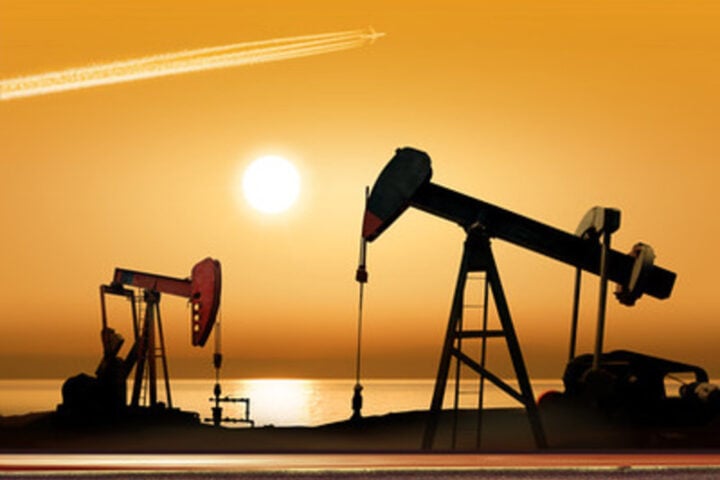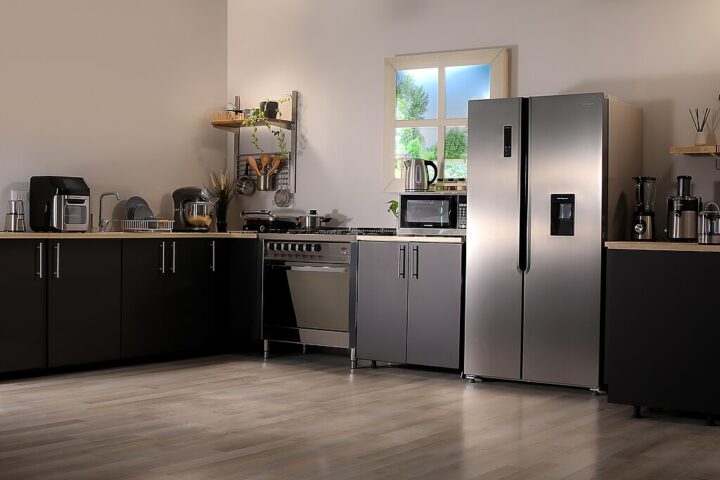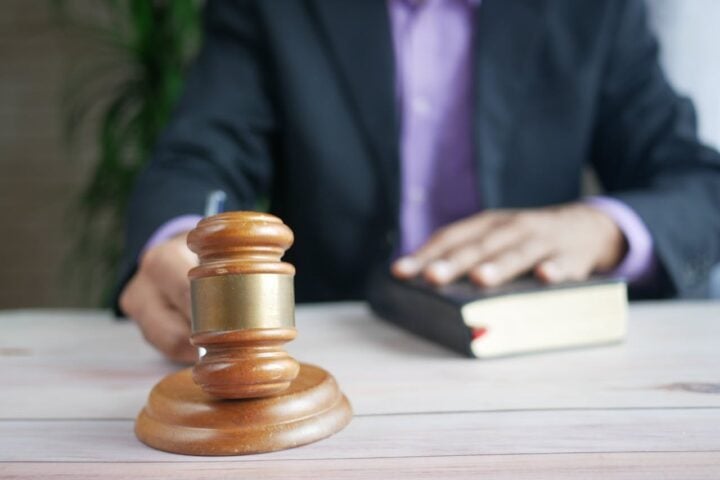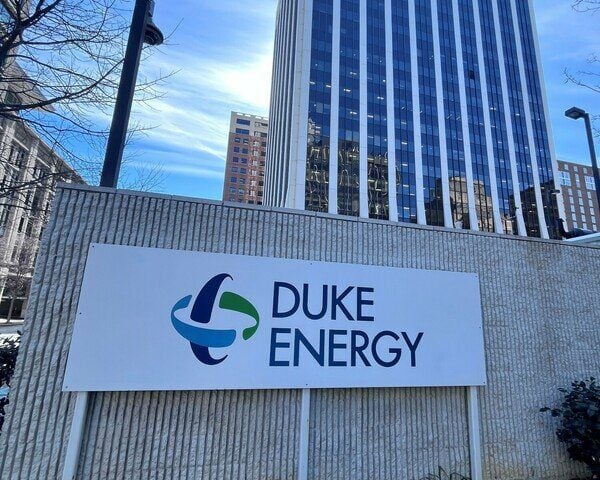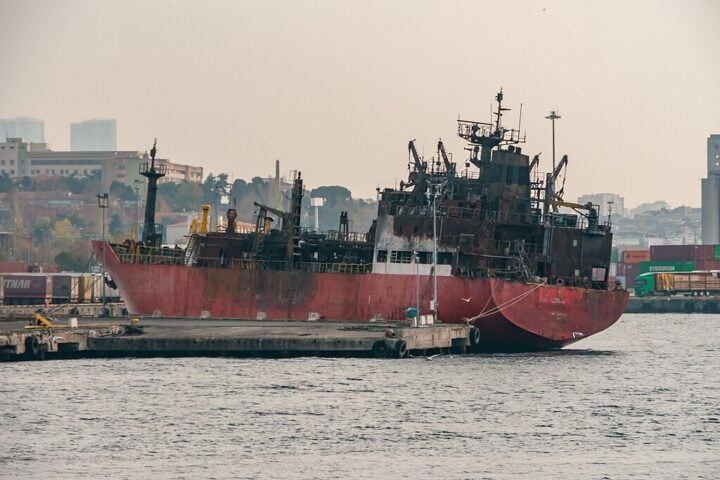In a concerning development for Europe’s renewable energy sector, the continent’s ambitious wind power expansion is encountering substantial obstacles. Denmark’s government auction for offshore wind projects, where no companies submitted bids, serves as a stark indicator of the industry’s current struggles.
Denmark, which achieved a world-leading 55% of electricity generation from wind farms last year, now faces an unexpected hurdle. Even state-owned Orsted A/S declined to participate in what would have been the country’s largest-ever offshore wind tender, citing unfavorable investment conditions.
“We cannot have an electricity system that’s based solely on wind and solar,” explains Brian Vad Mathiesen, professor at Aalborg University in Denmark. “There are stark technical and economic limits to how much we can integrate into the grid.”
Economic Pressures Mount
The wind industry confronts escalating costs for essential materials. Steel prices and labor expenses have risen sharply, compressing profit margins for new projects. These cost pressures coincide with persistently low electricity prices, driven by abundant supply from existing wind farms.
“It’s really looking like quite low electricity prices,” observes Rikke Nørgaard, co-founder and chief commercial officer of analytics firm Aegir Insights.
Sweden mirrors Denmark’s challenges. The presence of thousands of wind turbines over two decades coincides with power prices that are too low to justify new investments. Adding to these concerns, several energy-intensive industrial projects in northern Sweden face delays or cancellations, creating uncertainty about future demand.
“We’re definitely facing headwinds, everything is much slower than we’d like and expected,” states Matilda Afzelius.
Technical Limitations Surface
Wind power integration into existing grid infrastructure presents growing technical challenges. Britain is currently wasting record amounts of wind-generated electricity due to grid limitations, while planning to eliminate fossil fuels from its power network by decade’s end.
“Investment only makes sense if you have a way to offload your power,” explains Michael van der Heijden, CEO of offshore wind developer Reventus. “If not today then in the foreseeable future.”
More Stories
Numbers Tell the Story
According to WindEurope’s latest report, Europe currently maintains 278 GW of wind power capacity, with 243 GW onshore and 35 GW offshore. While the EU projects building 22 GW of new wind farms annually from 2024 to 2030, this falls short of the 33 GW annual construction needed to meet 2030 climate and energy targets.
Green Hydrogen and Grid Solutions
Investment in green hydrogen production has failed to materialize as expected. Similarly, efforts to shift consumer demand to match supply fluctuations through electric vehicle adoption and industrial electrification have yet to meet expectations.
These challenges risk extending Europe’s reliance on fossil fuels, potentially compromising climate goals. The situation affects grid management, energy storage, and market incentives in the renewable energy sector.



